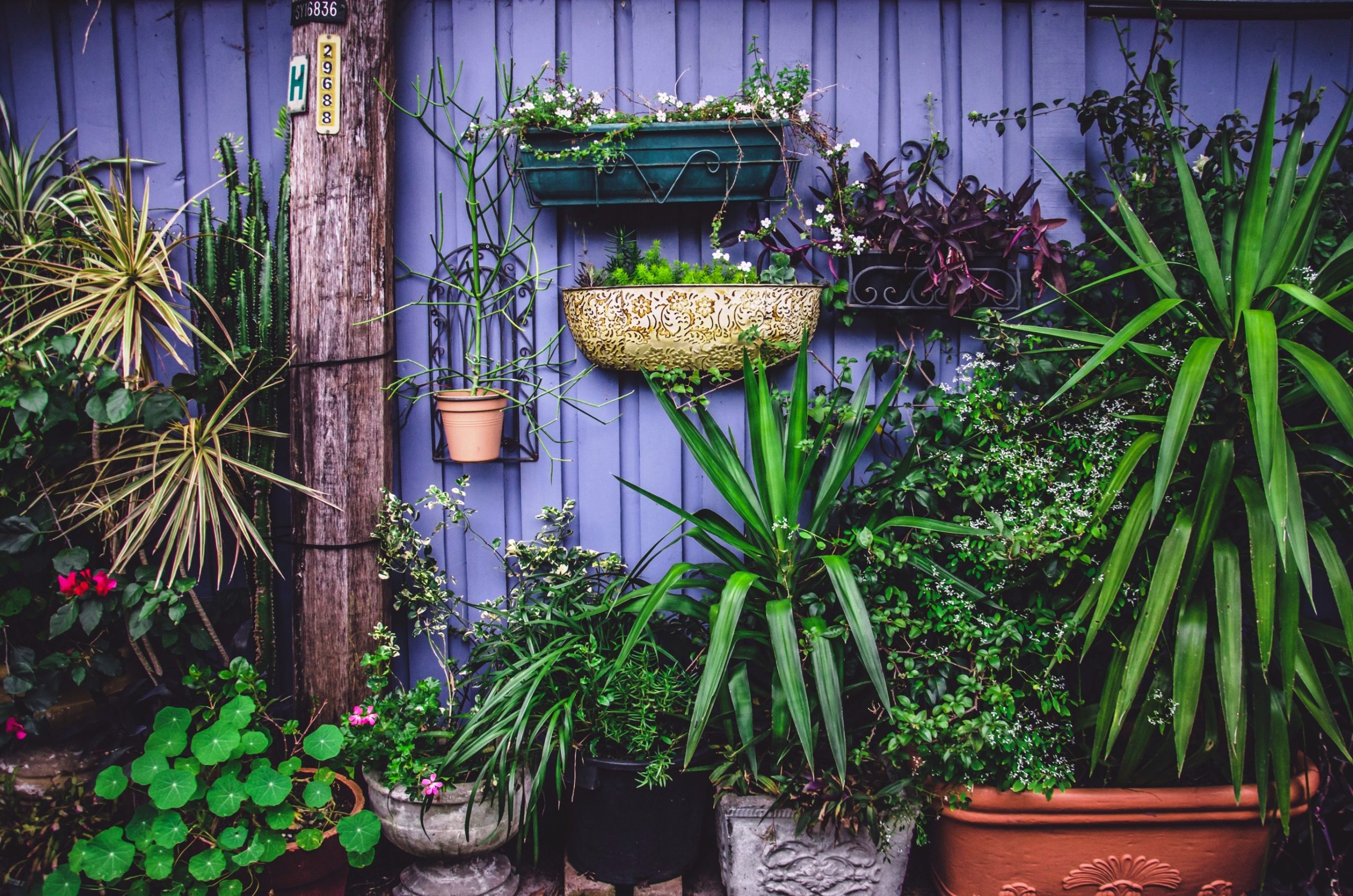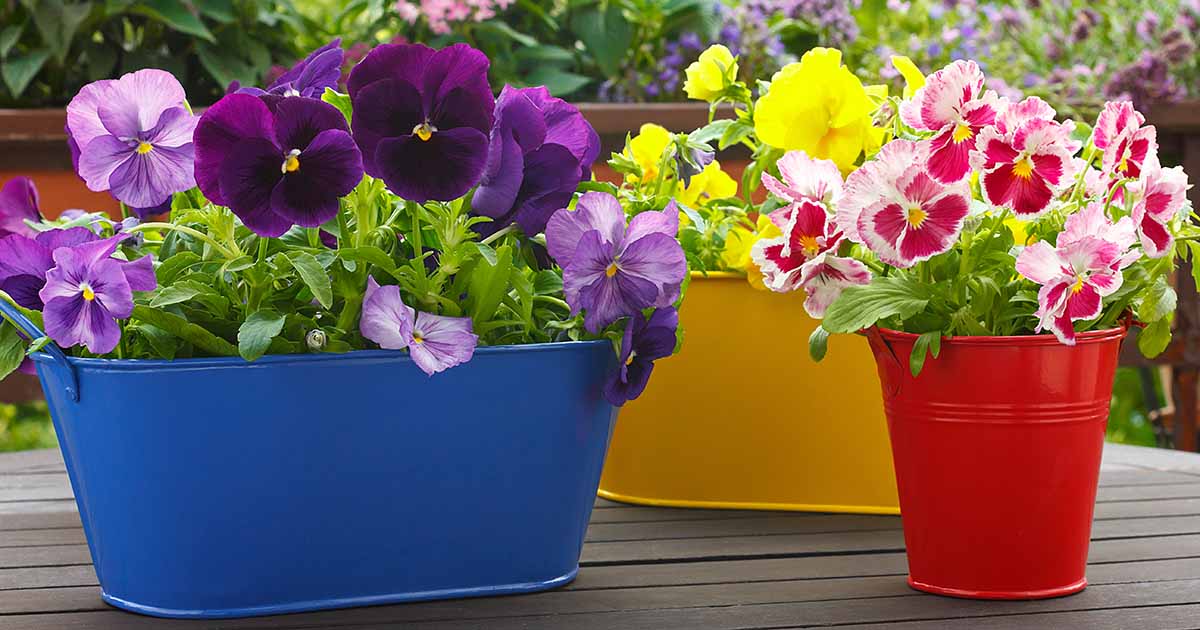Did you know that the use of coffee grounds in gardens and orchards helps to control certain pests? In fact, coffee grounds have become fashionable among garden and orchard lovers, due to the multitude of benefits they bring to the cultivation of plants and vegetables. Therefore, if you are one of the people who want to take advantage of coffee grounds for plants, you are interested in the content we have prepared for you. Interested in learning more? Read on!
What are the Benefits of Coffee Grounds for Plants?
It’s okay if you don’t drink coffee at home. It’s a waste product that always ends up in the trash, so your family, friends or nearby coffee shops will give it to you without any problem.
Coffee grounds are an excellent source of nutrients for plants. In fact, by using coffee grounds in them, the soil’s bacterial flora will be best suited for its health and survival.
The most common nutrients are:
- Nitrogen (about 2%)
- Potassium (about 0.6%)
- Correspondence (about 0.06%)
In addition to the three main nutrients, it also contains micronutrients such as calcium, boron, copper, magnesium, zinc and iron.
However, we recommend that the use of coffee grounds on your plants be as controlled as possible. In fact, if you use too much, you could cause a change in the pH of the soil, making it more acidic and harmful to your plant. Of course, when we talk about excess, it has to be a lot since the pH is between 5.5 and 6.8.
How to Use Coffee Grounds for Your Plants?
For this method to be truly effective, before using the coffee grounds for plants that you have accumulated, you need to make sure that they are completely dry. Otherwise, you risk creating fungus on the surface of the soil that will later damage your plants or crops.
For proper drying, simply spread it out on paper towels in a well-ventilated area to prevent deterioration. If you do not have paper towels, you can also use newspaper. If you have room, you can leave them in the sun in the summer so that all the water evaporates. If it’s winter and/or you live in humid areas, you can even use the oven at a very low temperature so they don’t burn (60ºC).
How to Use Coffee Grounds As Fertilizer?
Simply mix it with your substrate and apply it to the plants or crops you want. However, you should know that not all plants and crops need the same amount of fertilizer to be strong and healthy. For this reason, we leave you with some recommendations depending on the type of plant you are going to pay for:
Coffee Grounds for the Garden
Slugs and snails are the most dreaded enemies of tomatoes. So, if you want them to stay away from your crop, you should use coffee grounds on the soil surface.
In this case, there is no problem if you exceed the amount a little, because tomatoes tolerate acidity very well because they manage to withstand the pH ranges we mentioned earlier. Also, because of the buffering effect of the soil and the small amount of sediment you add, it is difficult to acidify a soil to the point of causing problems.
Root vegetables such as carrots, turnips or potatoes also accept coffee grounds very well as an aid to their nutrition.
The Rest of the Plants
Coffee grounds should always be used around the roots and with some stirring of the soil to ensure proper penetration into the plant.
In fact, the plants that tolerate it best are:
- Roses
- Cranberries
- Strawberries
- Strawberries
- Azaleas
- Hydrangeas
- Rhododendrons
- Aloe vera
Finally, if you feel you’ve overdone it, you can always counteract the acidity with eggshells. Did you know that eggshells add calcium to the soil and serve as an organic fertilizer?
Other Uses for Coffee Grounds
We have already seen how to make fertilizer for your plants and crops, but it also serves as:
- Food for the worms that dig the soil and oxygenate it
- Basic nutrient for root crops like carrots
- Repellent for slugs, snails and ants
- Scare away cats. If you have curious cats in your home that are always scooping dirt off your plants, just sprinkle the surface of the dirt with coffee grounds. You’ll see that they won’t come near you again!
- Enriches the soil
- Makes the soil spongy
As you can see, coffee grounds are the perfect ally for your plants. However, if you want air and irrigation to penetrate your plant’s soil properly, you shouldn’t place too thick a layer of coffee grounds at its base. So are you going to use this trick from now on? Let us know what you think in the comments below.




